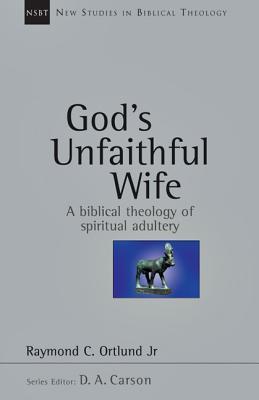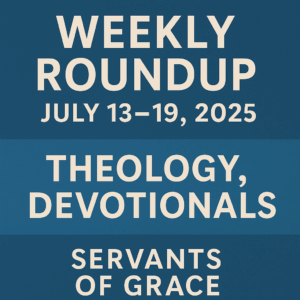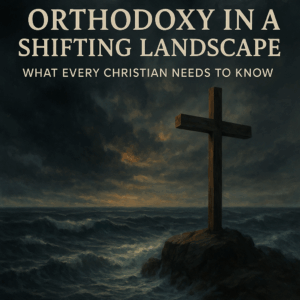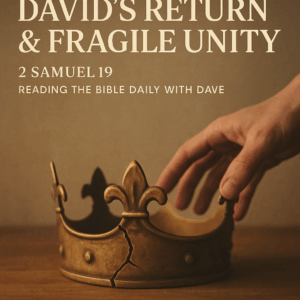⏱️ Estimated Reading Time: 4 min read
As I am currently wading my way through InterVarsity Press’ New Studies in Biblical Theology, I come to the second volume in the series, authored by one of my favorite authors and preachers, Ray Ortlund. Ortlund is a key voice on a host of subjects with a Christian worldview, one of which is marriage.
I saw Ray and his wife at a marriage conference recently and was blown away at what I had learned about Scripture that weekend. Coming to God’s Unfaithful Wife, I see some of the backdrop not only for some of that conference’s material but for much of Ortlund’s teaching. In my reading of this text, I have also gathered an important piece towards building a healthy framework for reading and interpreting Scripture.
God’s Unfaithful Wife is a volume dedicated to examining the theme of spiritual adultery throughout Scripture, primarily the Old Testament. Ortlund, noted commentator on books such as Proverbs and Isaiah, is a man fit for the challenge of introducing such a unique doctrine to Bible readers. Like all other NSBT volumes, Ortlund beautifully weaves together biblical theology, clear exegesis, and practical application.
The focus of the entire book is on how God’s covenanted people relate to God. Ortlund begins this journey by positing a healthy understanding of human marriage. Ortlund’s emphasis lies on marriage being a “one-flesh union” (21), and he takes the time to unpack God’s design for human marriage “for an understanding of the covenanted nation’s relationship with Yahweh” (23).
We know, of course, that from here God’s people explicitly become a covenant people later in Genesis. Along the way, however, God’s people begin to lose their understanding of this union with God. There is a “loss of a vivid sense of boundaries” (33). As time goes on, the harlotry of Israel only grows worse, “[exploding] in crisis in the eighth century BC” (47). Spiritual adultery is not only a reality but rampant.
Ortlund then turns to the prophets, who base their entire ministries on calling Israel out of this spiritual adultery and into one-flesh union with God again. Ortlund focuses the entirety of Chapter 3 on an interpretation of Hosea, while Chapters 4-5 looks at all of the major prophets’ accounts, with an emphasis on Ezekiel in Chapter 5. Inside these three chapters are a gold mine of building our theological understanding of the purpose of the Old Testament, what the text means, and what it’s pointing to.
Ortlund finishes out the book pointing to the redemption of God’s people through Christ’s sacrificial death and divine love. We share a “one-spirit” union with Christ and are being restored unto glory, which will be completed one day. As Ortlund pointedly says, “There was no marriage before Adam and Eve, and there is none greater after Christ and his Church. The fulfillment is coming increasingly into view” (152).
Ortlund’s final chapter outlines some of the applications and implications of this study. The study of spiritual adultery, of Israel’s rebellion and defilement before God, has much to teach us about who God is, who we were before God, and who we are with Him. It has much to say about how this storyline should inform our theological worldview of doctrines such as union with Christ, and our ethical worldview of issues such as same-sex marriage. Ortlund summarizes his book by stating that “true religion is marital in nature” (174). After reading this book, I definitely agree.
This book is helpful in digesting the message and purpose of the prophets, in understanding how we should relate to God, and how He is redeeming us out of our unfaithfulness. It’s a wonderful read, and considerably short compared to other NSBT volumes. It packs a punch, but it is worth your time. Grab this volume!




